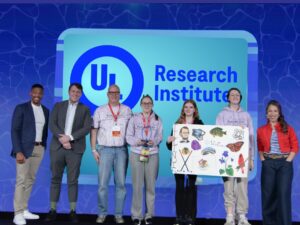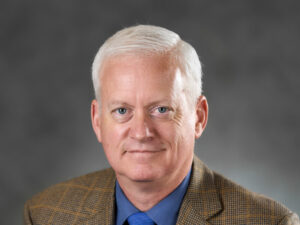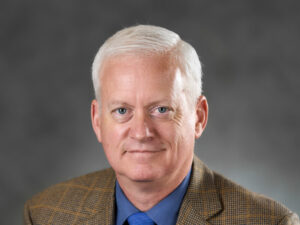8 Billion Reasons the Human Safety Crisis Needs Solving Now
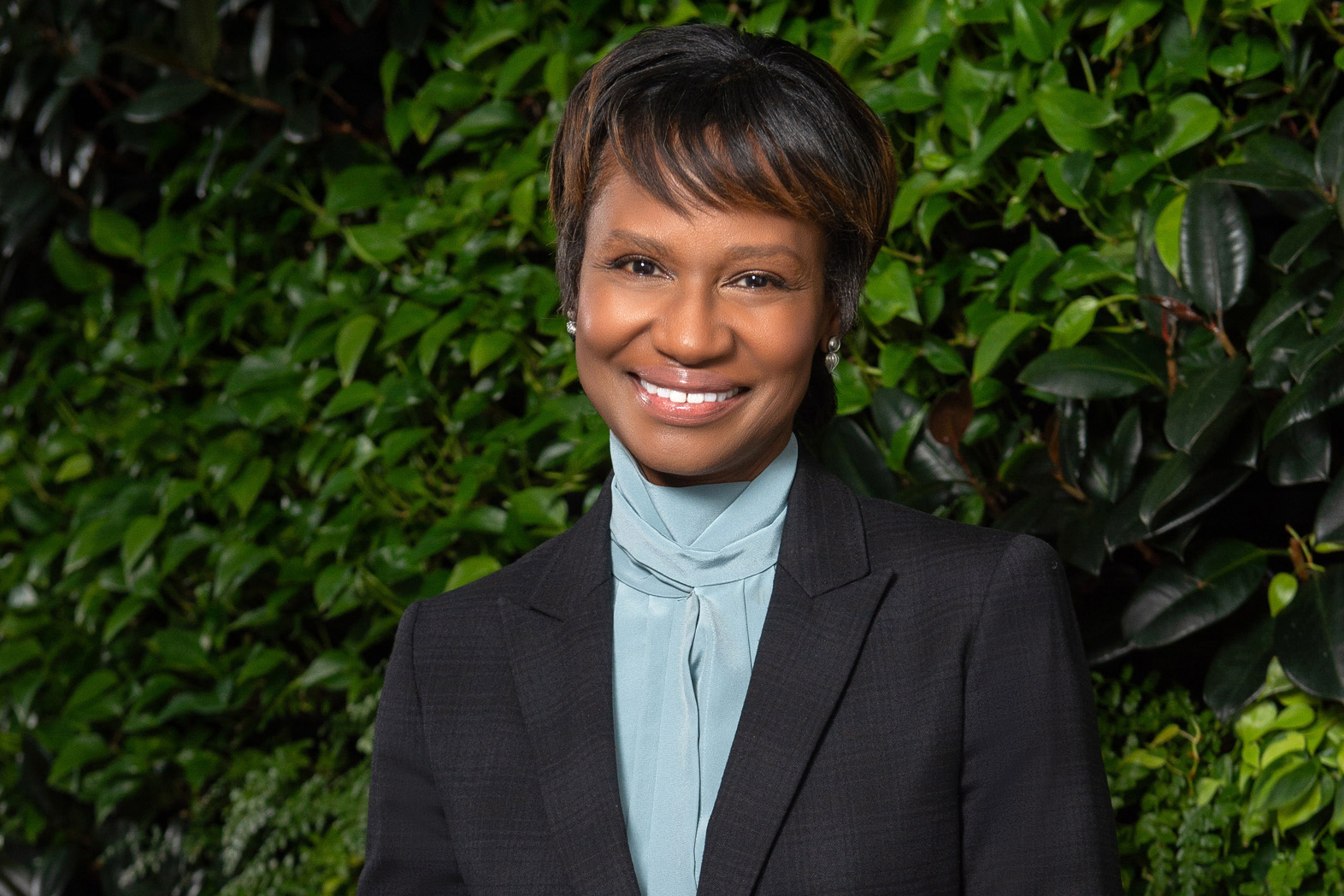
Senior Vice President and Chief Operating Officer, UL Research Institutes
By Dr. Charlotte Farmer,
senior vice president and chief operating officer, UL Research Institutes
As UL Research Institutes’ leaders engage with the World Economic Forum, we reflect on the broad challenges affecting our world, particularly those related to safety.
Just this past November, the world’s population crossed the mark of 8 billion people. For my colleagues and me, this milestone signifies the urgency of solving the human safety crisis facing our growing population.
At UL Research Institutes, we are committed to addressing three grand challenges that summarize many of the greatest human safety threats facing our global population today — challenges that only increase as our population grows. Let me explain.
Grand Challenge #1 — Resilience for a Sustainable Future

Environmental pressures, especially those driven by global climate change, pose increasing risks to urban and rural environments. Wildfires, flooding, and severe weather events are occurring with greater frequency and severity. Innovations designed to mitigate such risks, e.g., renewable energy technologies and associated energy storage systems, have enormous potential but pose challenges of their own in the early development stages. UL Research Institutes is committed to bringing a safety science perspective to the design, development, and deployment of engineered technologies and practices to ensure that innovation is created with safety outcomes in mind, thereby ensuring a resilient and sustainable future.
One way we are tackling this challenge is through the work of research engineers Joseph Willi and Gavin Horn of our Fire Safety Research Institute (FSRI). Their research is helping us learn about structure-to-structure fire spread in the Wildland Urban Interface (WUI). By characterizing the ignition potential of common construction materials exposed to energy from adjacent homes or intermediate fuels such as cars, sheds, or decks, we can take collected data and quantify building-to-building fire spread mechanisms, develop improved computational fire models, and create insights into control measures that can reduce this risk in WUI communities around the world.
Grand Challenge #2 — Individual & Societal Health in the 21st Century

Humans have dramatically changed the planet’s overall environment so much that experts have declared the current era the Anthropocene, or the age of humans. The same technologies that enable us to pursue modern lives have had negative effects on measures such as air quality, water quality, and more general societal well-being. UL Research Institutes is committed to using the tools of toxicology, analytical chemistry, and public health to assess how manufactured products and technologies impact human health and safety.
So, what does that mean to the average world citizen? The work we have done in our Chemical Insights Research Institute (CIRI) sheds some light on the impact of chemical exposure in the built environment and its potential to affect health. Air pollution leads to about 7 million deaths per year and volatile organic chemicals (VOCs) can lead to respiratory disease and cancer.
A comprehensive assessment of indoor and outdoor air pollution in India during summer and winter months identified 69 specific volatile VOCs in the indoor air with 42% deriving from the use of plastic materials. Levels are higher in the summer months when increasing temperatures means increased outgassing of chemicals. Only by characterizing the threat can we develop ventilation and other mitigation strategies.
Grand Challenge #3 — Safety at the Human-Digital Interface
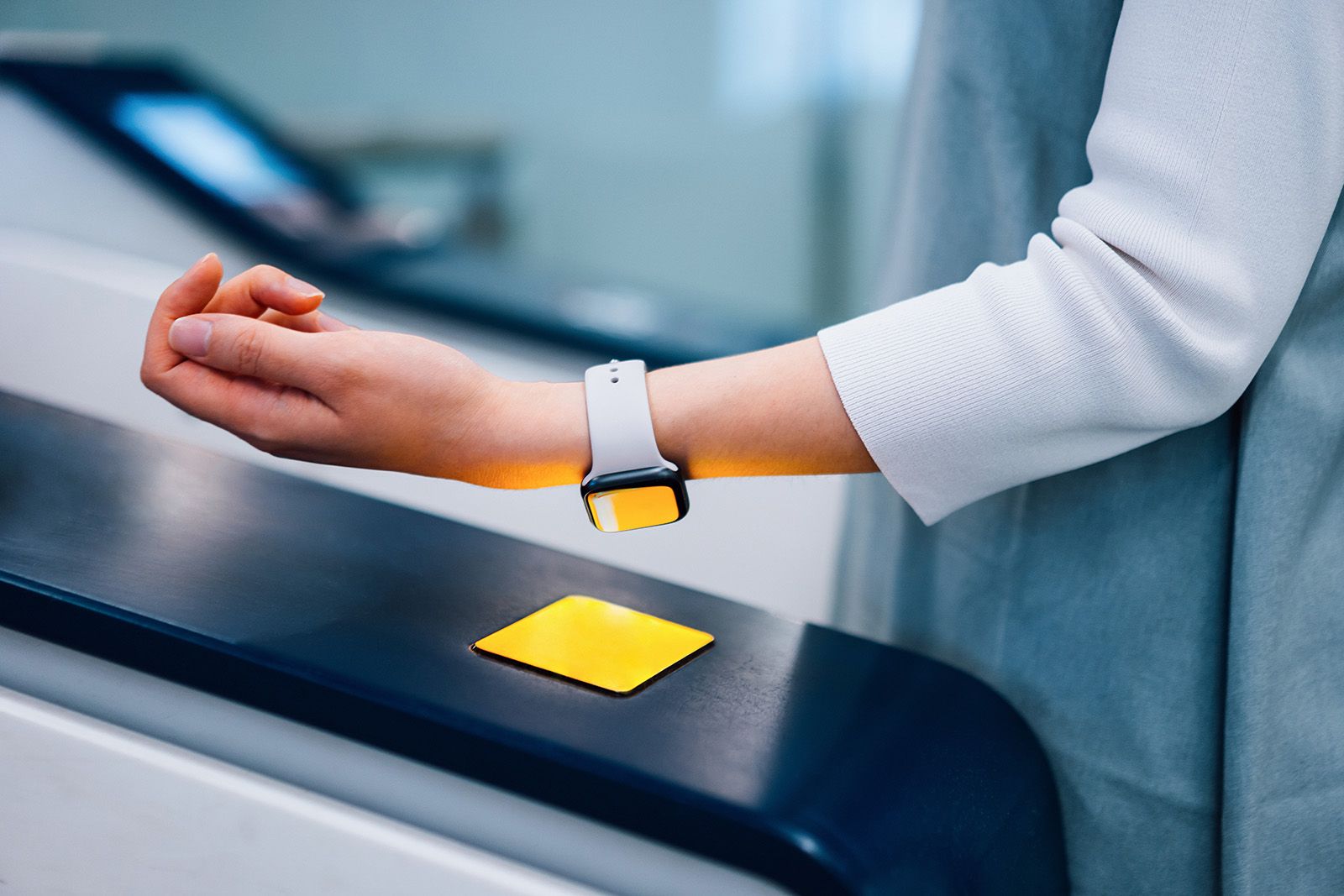
Few technologies have developed as rapidly as those associated with the digital revolution of the last half-century. Machine learning, artificial intelligence, automation, and a worldwide communications network have enabled digital systems to manage increasingly complex systems and processes. When those processes interface with people, it is critical that they be designed to be safe, secure, and equitable. Our Digital Safety Research Institute (DSRI) is committed to ensuring that the digital future is built with human safety principles in mind.
With so many challenges facing us today, how do we prioritize our efforts to have an impact? When I speak with Dr. Chris Cramer, our chief research officer, he has this to say: “At UL Research Institutes, we know that solving a global problem takes global effort.”
For our part, we invest in people and facilities to ensure that we deliver excellence in research solutions that target our grand challenge commitments, and we vigorously engage with partners across the public and private sectors to leverage our strengths and ensure that our work is relevant, timely, and ideally — groundbreaking. We’re proudly striving to revolutionize the science of safety – for the benefit of our planet and its 8 billion citizens.

Revolutionizing Safety Through Science
At UL Research Institutes, we tackle tough issues with a scientific rigor trusted throughout the world.
PUBLISHED



